‘A call to action for more authentic expressions of working-class life’: a London show reframes working-class Britain
London exhibition ‘Lives Less Ordinary’, at Two Temple Place, challenges age-old stereotypes
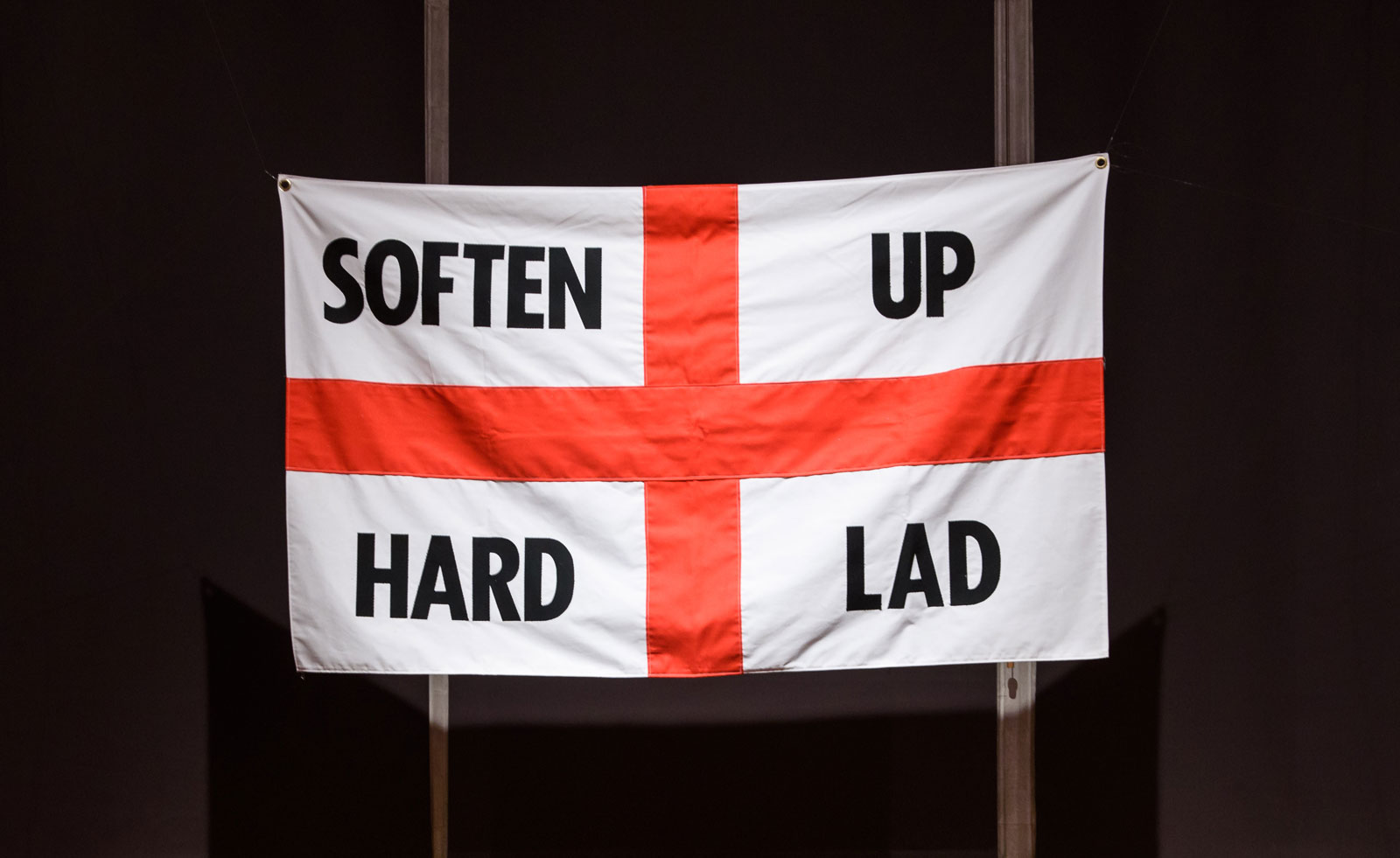
In Britain, conversations about class remain challenging, not least in the arts. With only 8 per cent of people working in film, TV, video, radio and photography in the UK coming from working-class backgrounds (according to a 2024 report by Creative Industries Policy and Evidence Centre), portrayals of working-class life usually follow the tropes of urban degradation, manual labour, and hardship. Though class has long been left as the elephant in the room, ‘Lives Less Ordinary: Working-Class Britain Re-seen’ flips the aversion on its head, throwing light on the richness of working-class Britain.
Running at Two Temple Place in London until 20 April 2025, the exhibition brings together a feast of ceramics, film, painting, photography, and sculpture. Over 150 pieces from 60 artists are featured, ranging from upcoming contemporary talents such as Rene Matić, Jasleen Kau, and Corbin Shaw to overlooked luminaries such as Pearl Alcock and Eric Tucker.
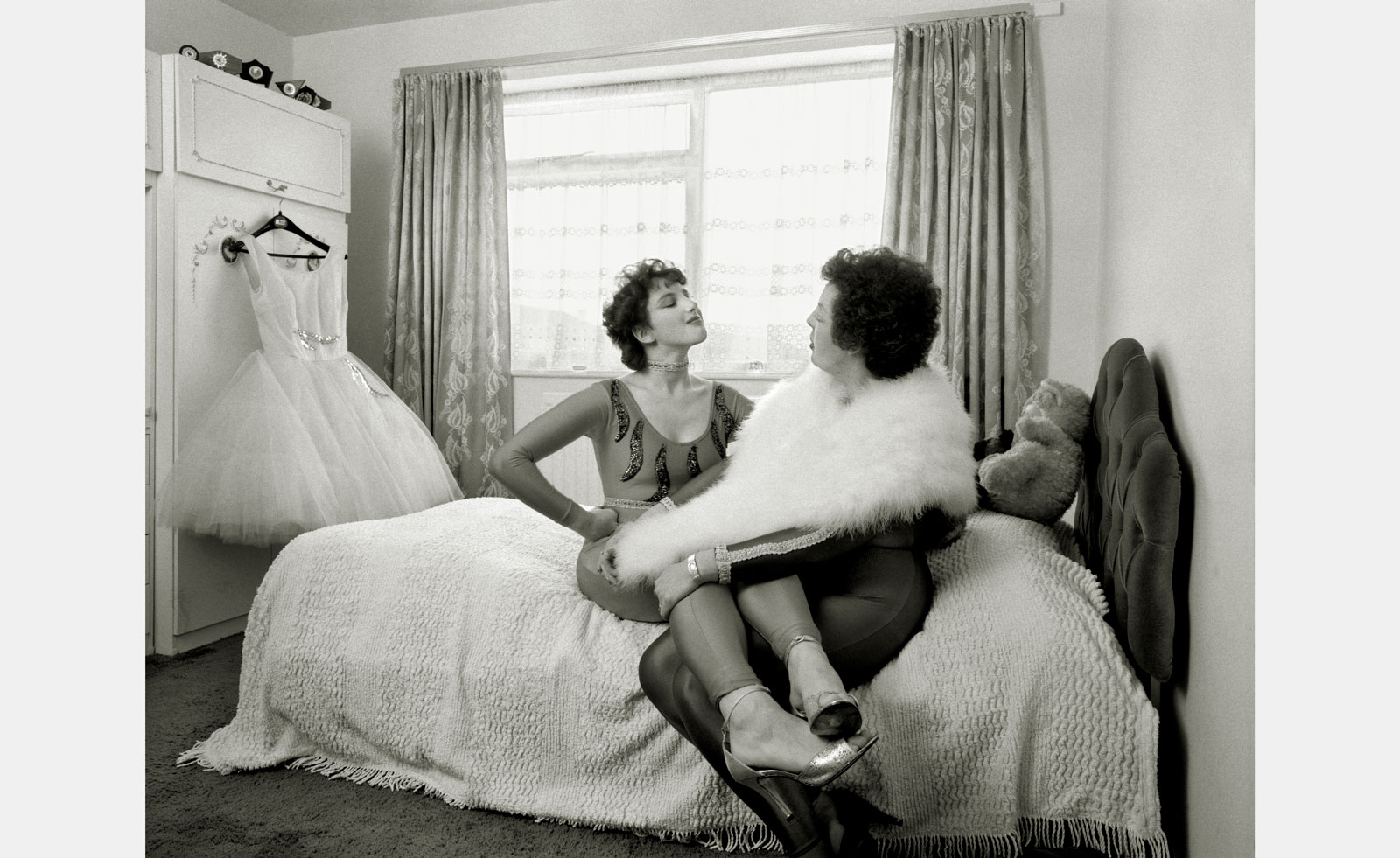
Sirkka Liisa Konttinen, Astrid Knowles and Mum, 1982
With the notion of warmth and joy at its crux, the show is broken down into three themes: family and kinship, the plurality of working-class cultures, and the sanctuary of leisure and pleasure. Curator Samantha Manton remarks, ‘We’re rejecting the middle-upper-class gaze that has steered working-class representation, the sensationalising and the stereotyping that happens in a fetishistic way.’
Juxtaposing the opulent architecture of Two Temple Place with the provocation of taste, there’s an almost tongue-in-cheek contrast in the presentation of more modest livelihoods within such a grandiose setting. Works of artists such as Roman Manfredi explore the intersection of class and queerness. In an understated mode, their photography presents the ‘everydayness’ of people who are proudly queer and proudly working-class. Manfredi comments, ‘I started to think about who has the authorship of our stories, I wanted queer working-class voices to be heard. I wanted their images to be seen in the environments they inhabit and where they grew up.’
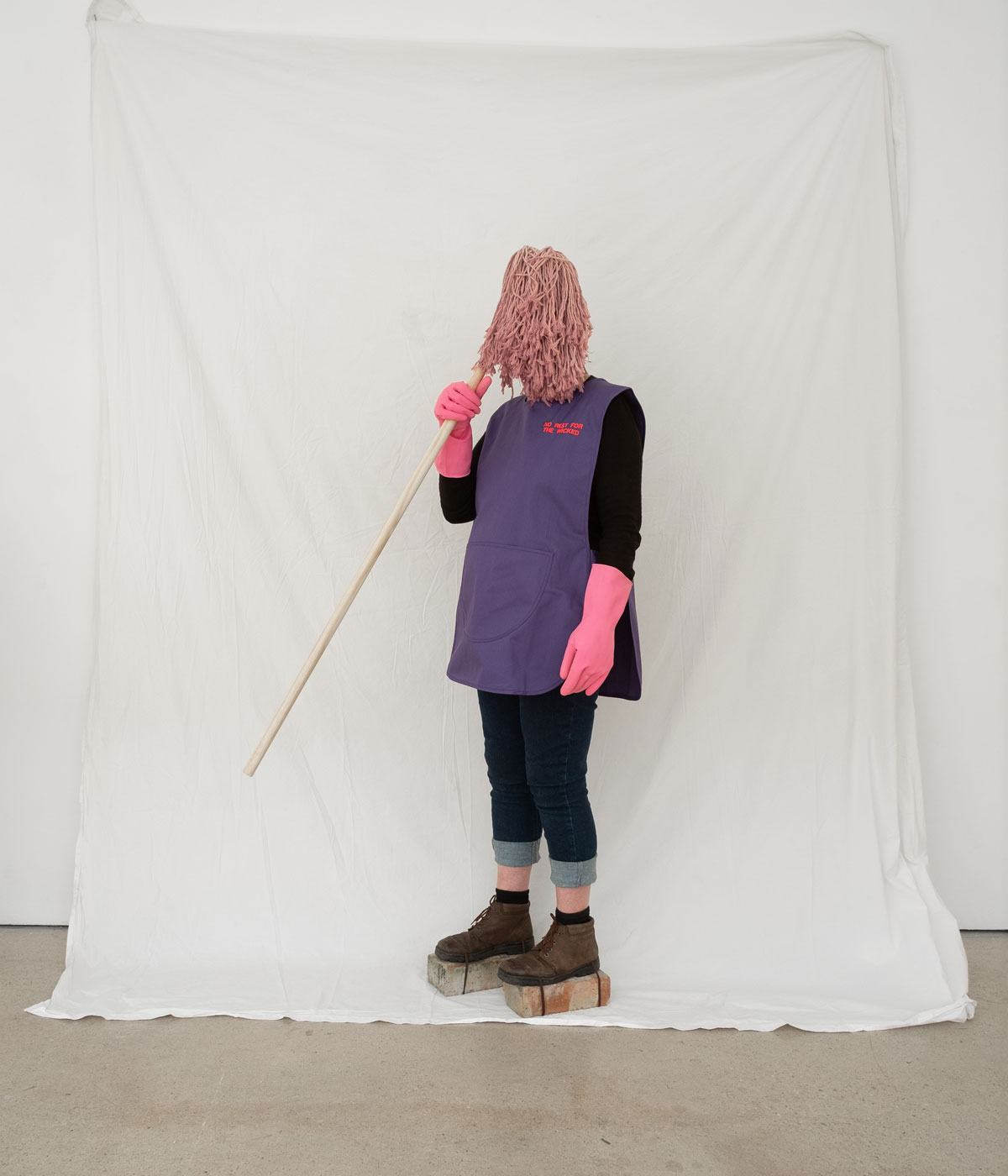
Kelly O’Brien, Cleaner No.1 (from No Rest for the Wicked), 2022-ongoing
In the name of leisure and pleasure, works by the late Pearl Alcock – who was largely unknown and emerged as an ‘outsider artist’ late in her life – communicate a visual joy derived from her Jamaican heritage, where rhythmic paintings reference the late-night shebeens or ‘shubz’. Notes Rebecca Hone, head of culture and community Two Temple Place, ‘Many of these artists deserve to be fully recognised within the lineage of British art history, not just as “outsiders” but as integral contributors.’
Through the medium of celebration, ‘Lives Less Ordinary’ is also provocative. Manton notes the show is ‘a call to action for museums and galleries to ensure that more authentic expressions of working-class life are present on their walls and in their collections’. With such a wide array of artworks, the exhibition reveals the lesser-seen sides of working-class life, not as something to escape from, but as vibrant worlds of multiplicity, in an assertion that these representations are integral to the identity of British art.
‘Lives Less Ordinary' at Two Temple Place runs until 20 April 2025, twotempleplace.org
Receive our daily digest of inspiration, escapism and design stories from around the world direct to your inbox.
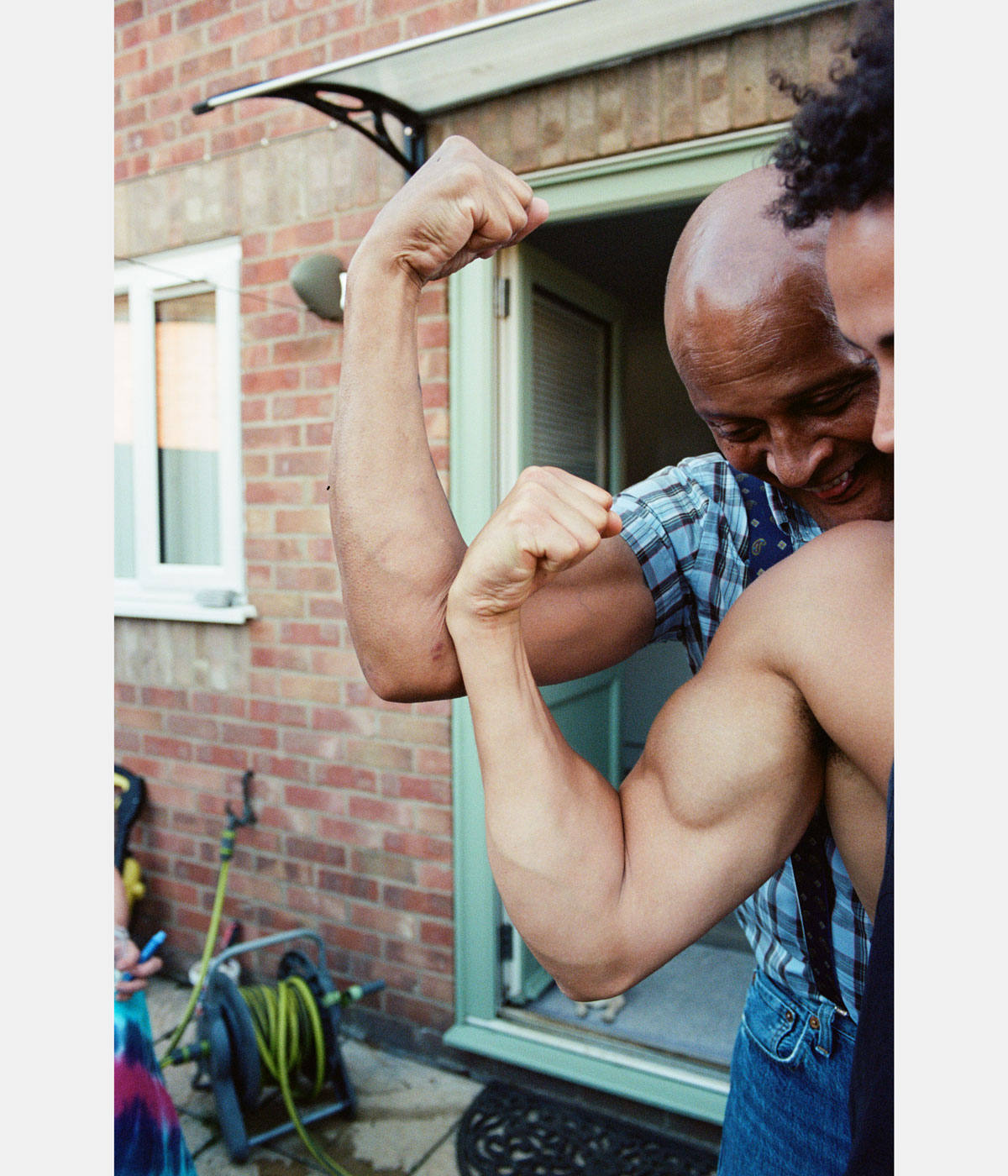
Rene Matić, Paul and Zac in the Garden, 2022, Inkjet Print
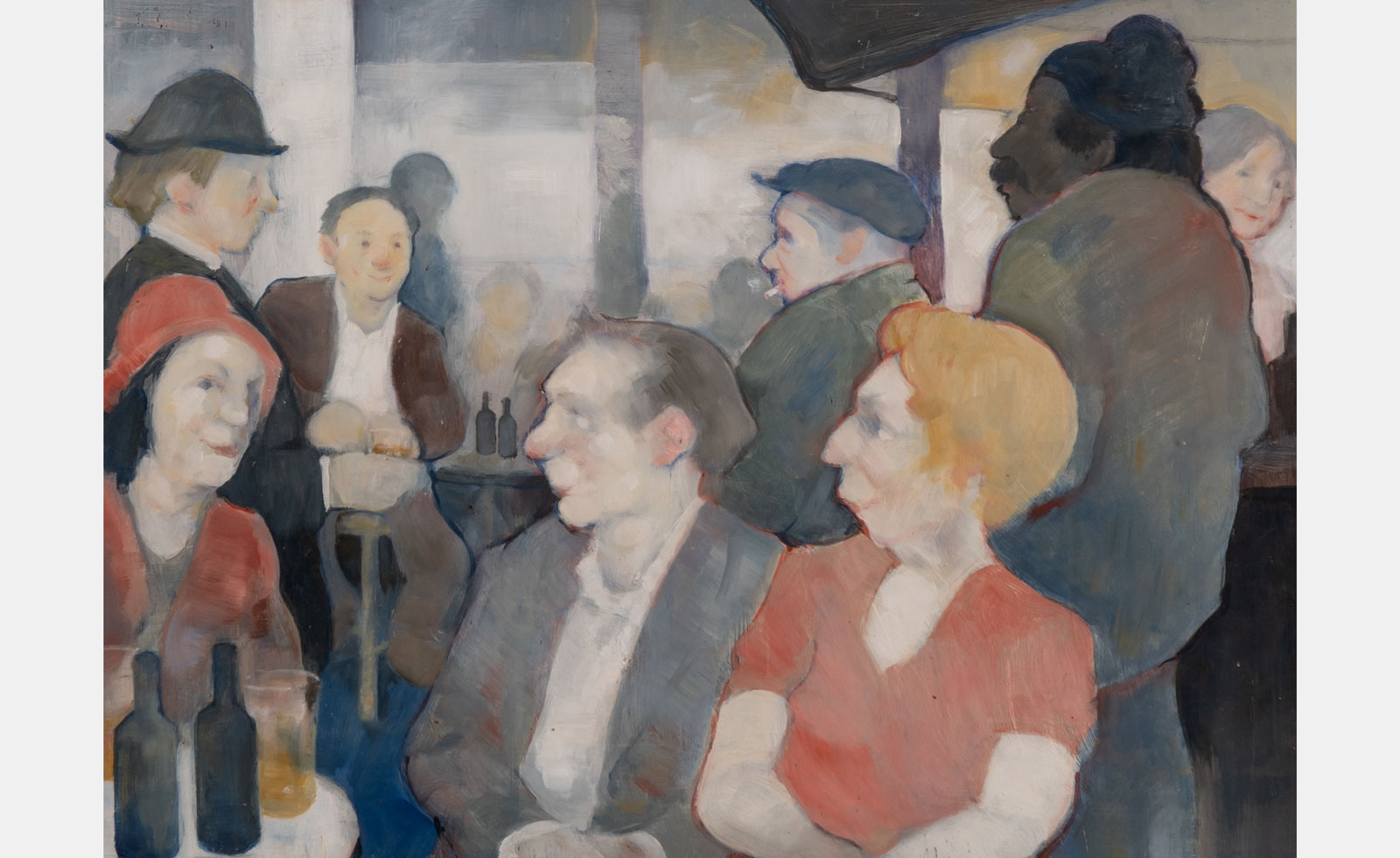
Eric Tucker, Red Head and Two Bottles of Beer, date unknown, Oil on board © Estate of Eric Tucker
Teshome Douglas-Campbell is a London-based writer, architectural designer whose work explores the intersection of design, community, and culture. With a background in socially engaged architecture, he brings a critical eye to ways we craft living environments, documenting emerging design movements and profiling transformative spaces.
-
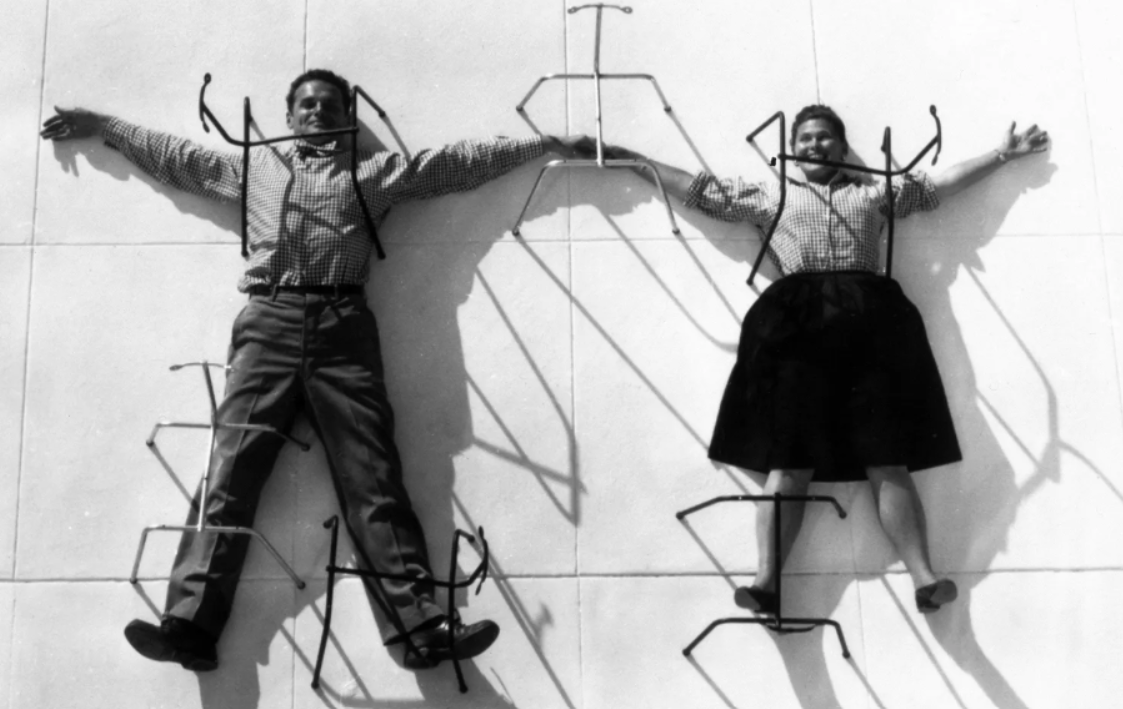 How Charles and Ray Eames combined problem solving with humour and playfulness to create some of the most enduring furniture designs of modern times
How Charles and Ray Eames combined problem solving with humour and playfulness to create some of the most enduring furniture designs of modern timesEverything you need to know about Charles and Ray Eames, the American design giants who revolutionised the concept of design for everyday life with humour and integrity
-
 Why are the most memorable watch designers increasingly from outside the industry?
Why are the most memorable watch designers increasingly from outside the industry?Many of the most striking and influential watches of the 21st century have been designed by those outside of the industry’s mainstream. Is it only through the hiring of external designers that watch aesthetics really move on?
-
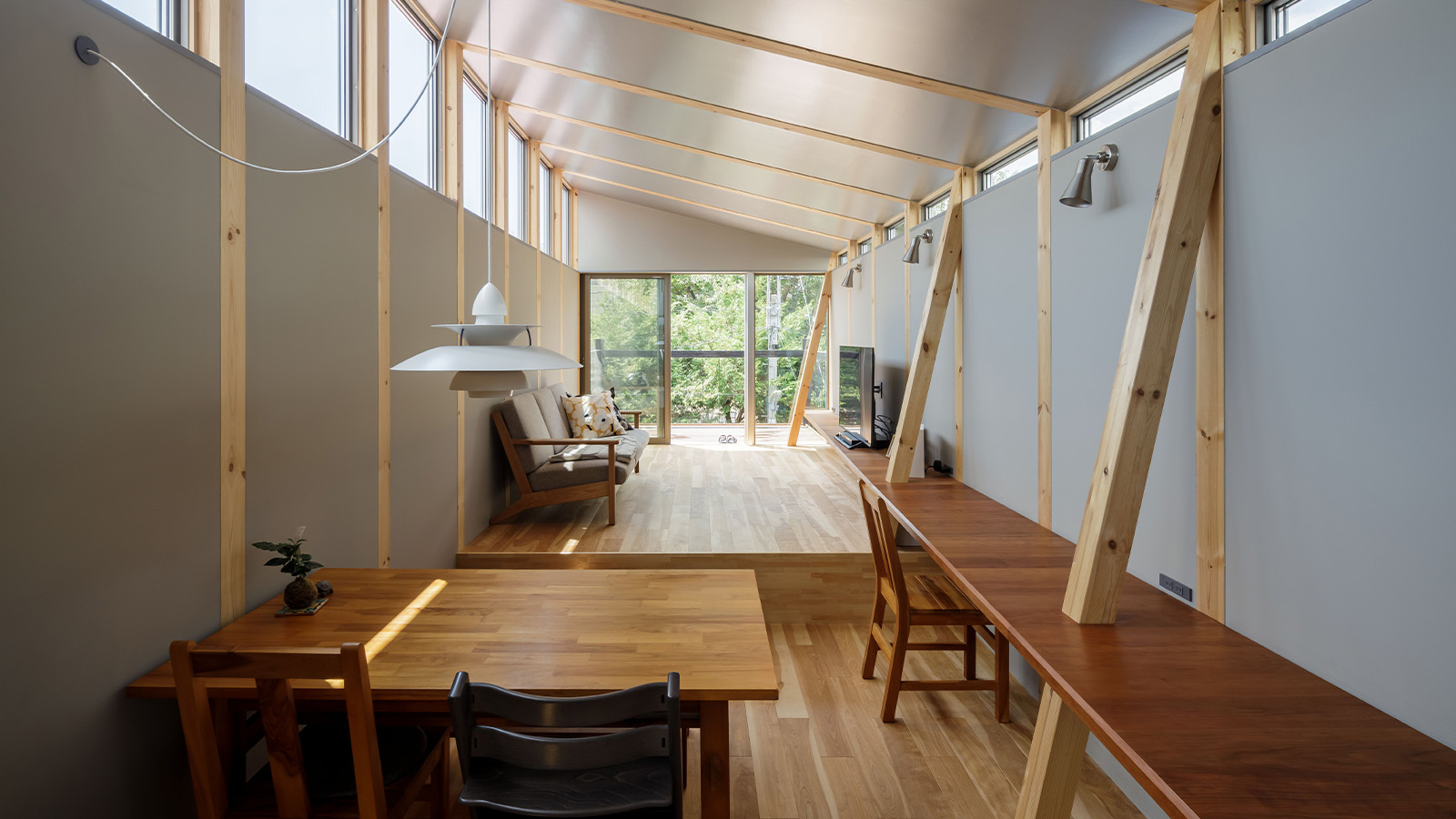 This Fukasawa house is a contemporary take on the traditional wooden architecture of Japan
This Fukasawa house is a contemporary take on the traditional wooden architecture of JapanDesigned by MIDW, a house nestled in the south-west Tokyo district features contrasting spaces united by the calming rhythm of structural timber beams
-
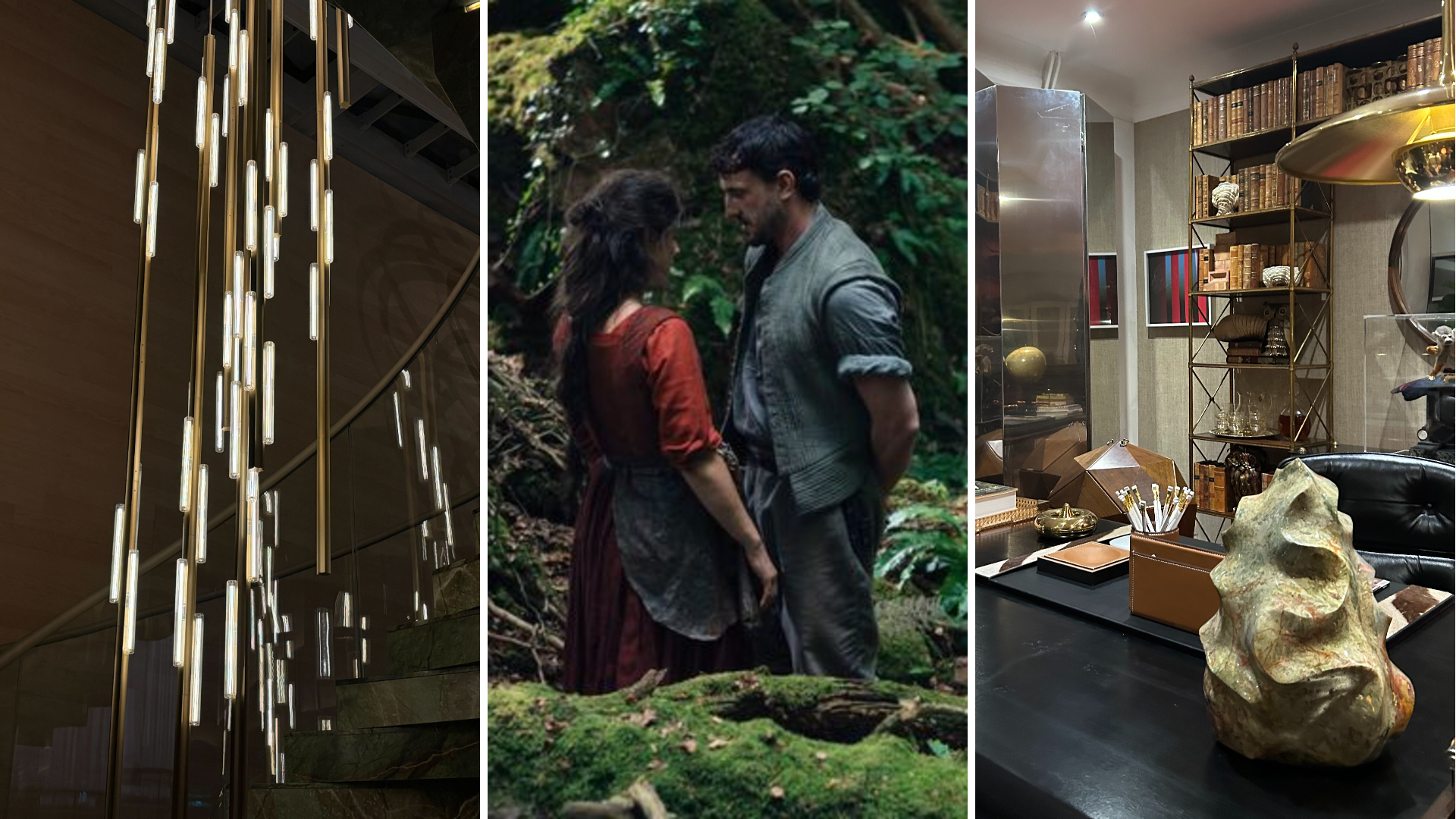 Out of office: The Wallpaper* editors’ picks of the week
Out of office: The Wallpaper* editors’ picks of the weekFar from slowing down for the festive season, the Wallpaper* team is in full swing, hopping from events to openings this week. Sometimes work can feel like play – and we also had time for some festive cocktails and cinematic releases
-
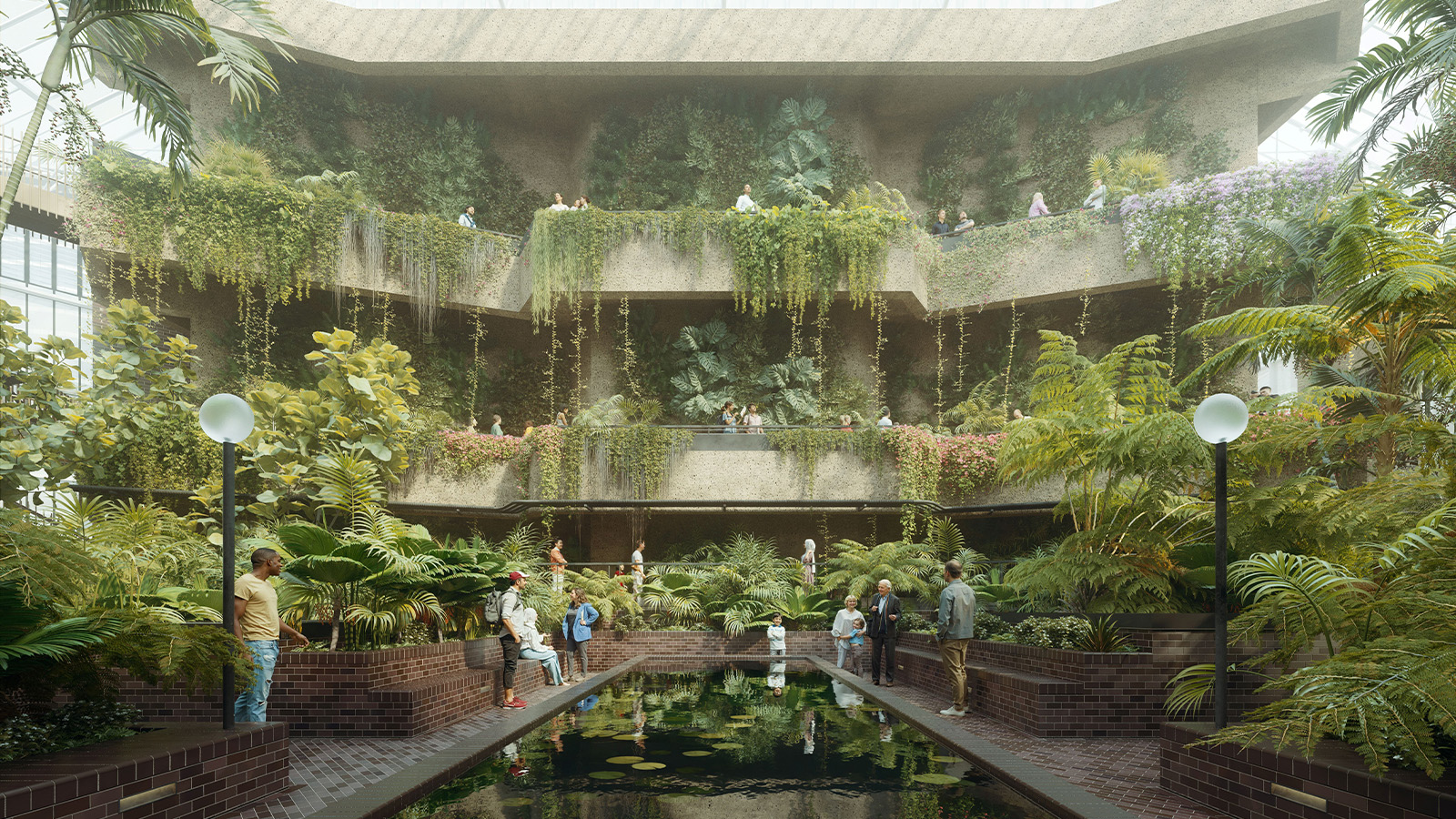 The Barbican is undergoing a huge revamp. Here’s what we know
The Barbican is undergoing a huge revamp. Here’s what we knowThe Barbican Centre is set to close in June 2028 for a year as part of a huge restoration plan to future-proof the brutalist Grade II-listed site
-
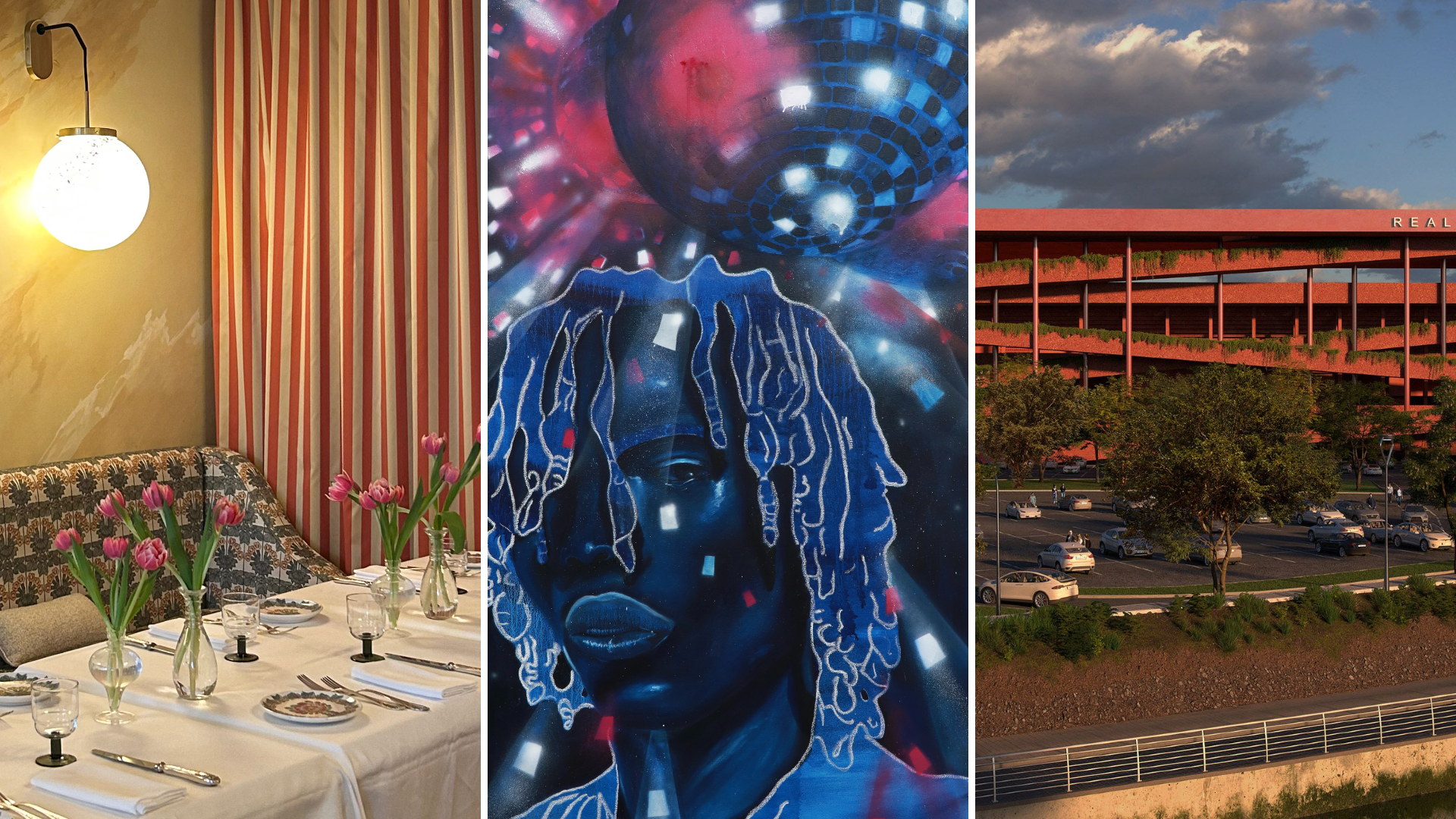 Out of office: The Wallpaper* editors’ picks of the week
Out of office: The Wallpaper* editors’ picks of the weekIt’s wet, windy and wintry and, this week, the Wallpaper* team craved moments of escape. We found it in memories of the Mediterranean, flavours of Mexico, and immersions in the worlds of music and art
-
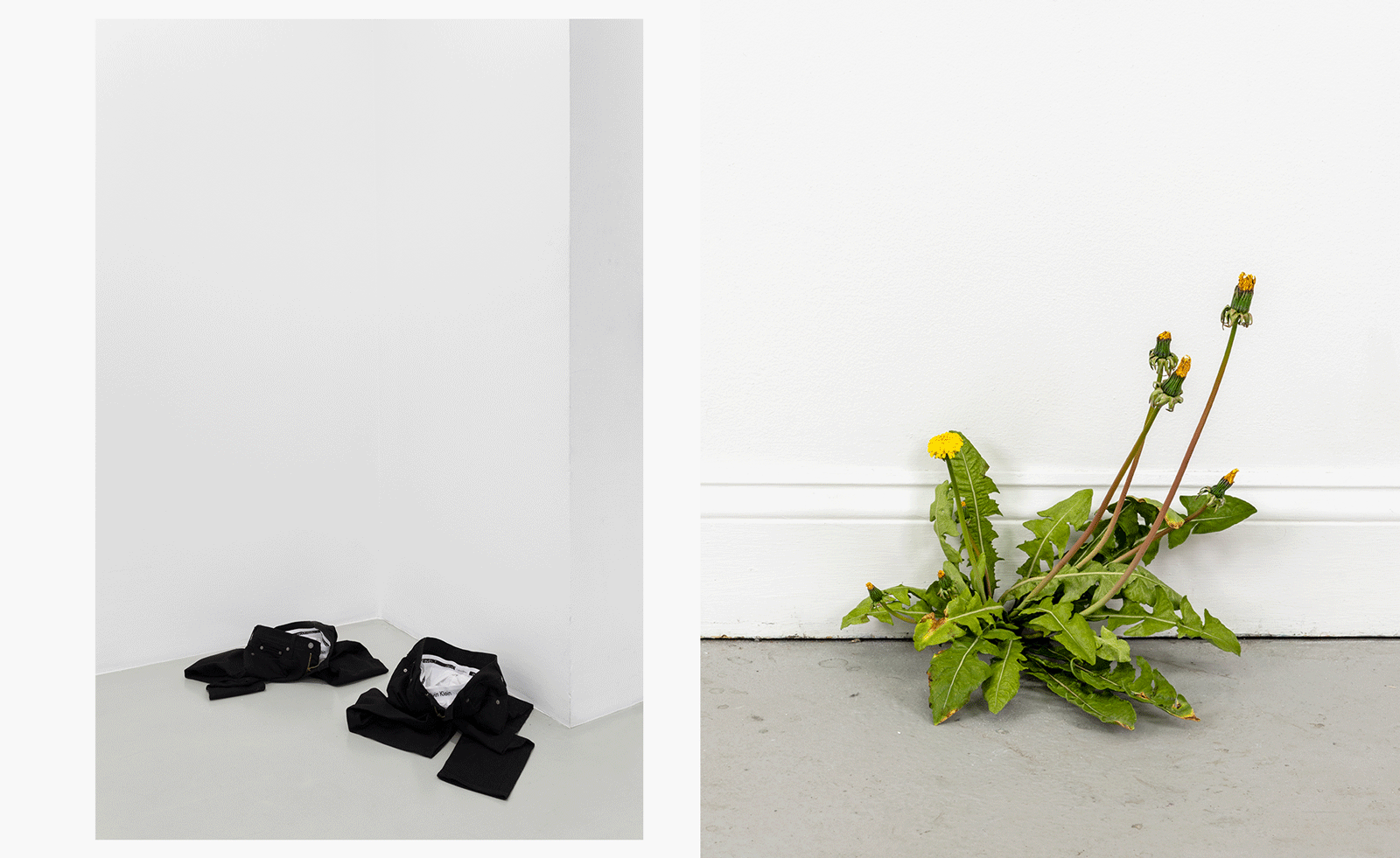 Each mundane object tells a story at Pace’s tribute to the everyday
Each mundane object tells a story at Pace’s tribute to the everydayIn a group exhibition, ‘Monument to the Unimportant’, artists give the seemingly insignificant – from discarded clothes to weeds in cracks – a longer look
-
 Out of office: The Wallpaper* editors’ picks of the week
Out of office: The Wallpaper* editors’ picks of the weekThis week, the Wallpaper* team had its finger on the pulse of architecture, interiors and fashion – while also scooping the latest on the Radiohead reunion and London’s buzziest pizza
-
 Out of office: The Wallpaper* editors’ picks of the week
Out of office: The Wallpaper* editors’ picks of the weekIt’s been a week of escapism: daydreams of Ghana sparked by lively local projects, glimpses of Tokyo on nostalgic film rolls, and a charming foray into the heart of Christmas as the festive season kicks off in earnest
-
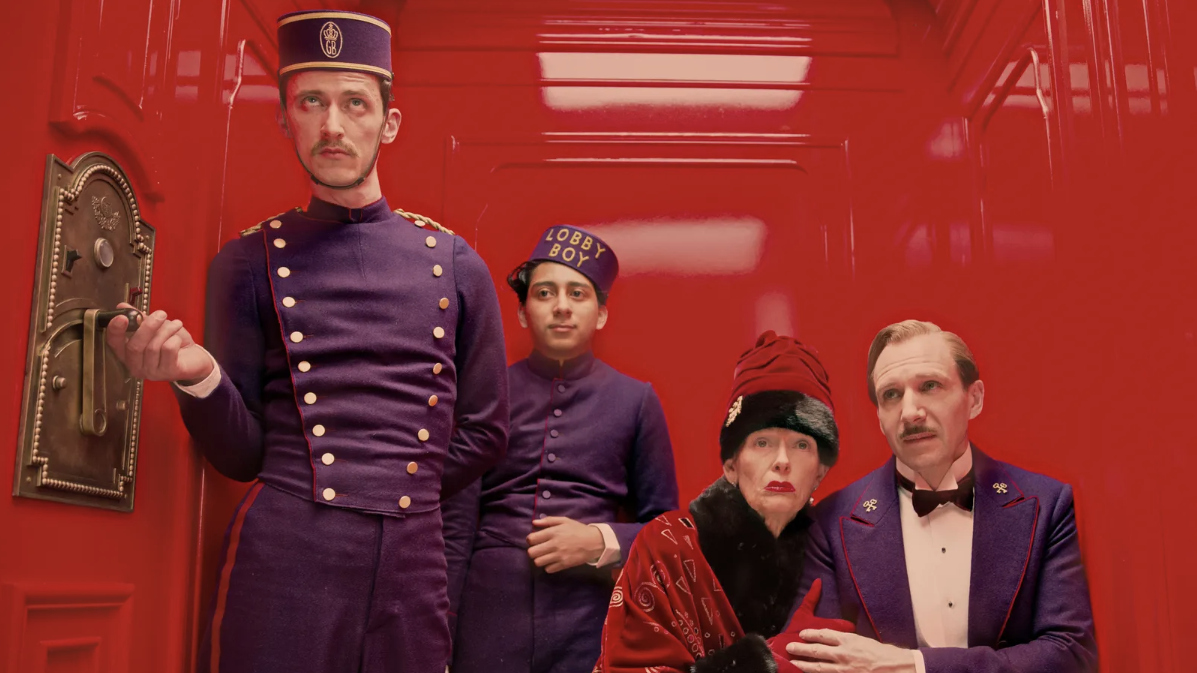 Wes Anderson at the Design Museum celebrates an obsessive attention to detail
Wes Anderson at the Design Museum celebrates an obsessive attention to detail‘Wes Anderson: The Archives’ pays tribute to the American film director’s career – expect props and puppets aplenty in this comprehensive London retrospective
-
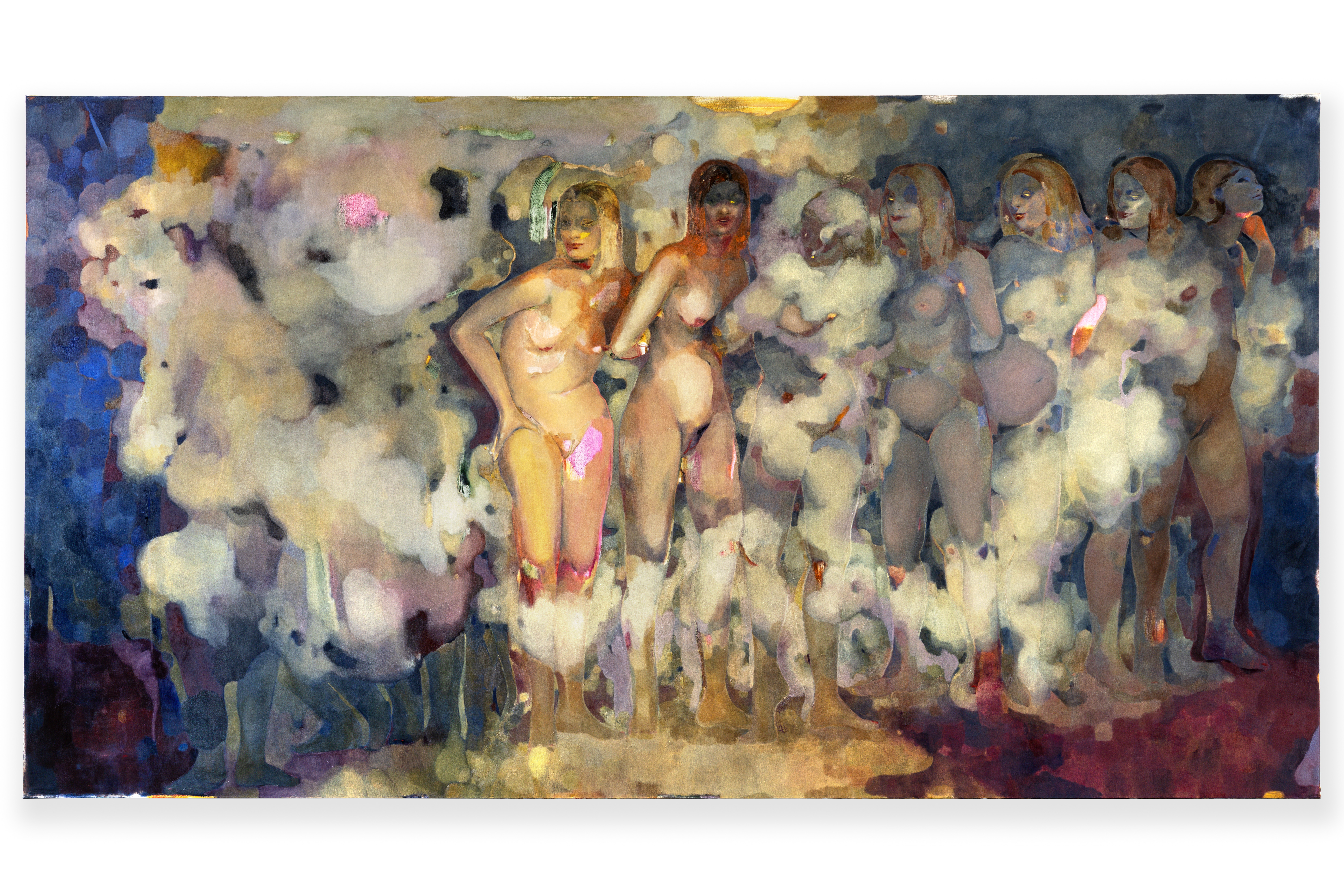 Meet Eva Helene Pade, the emerging artist redefining figurative painting
Meet Eva Helene Pade, the emerging artist redefining figurative paintingPade’s dreamlike figures in a crowd are currently on show at Thaddaeus Ropac London; she tells us about her need ‘to capture movements especially’